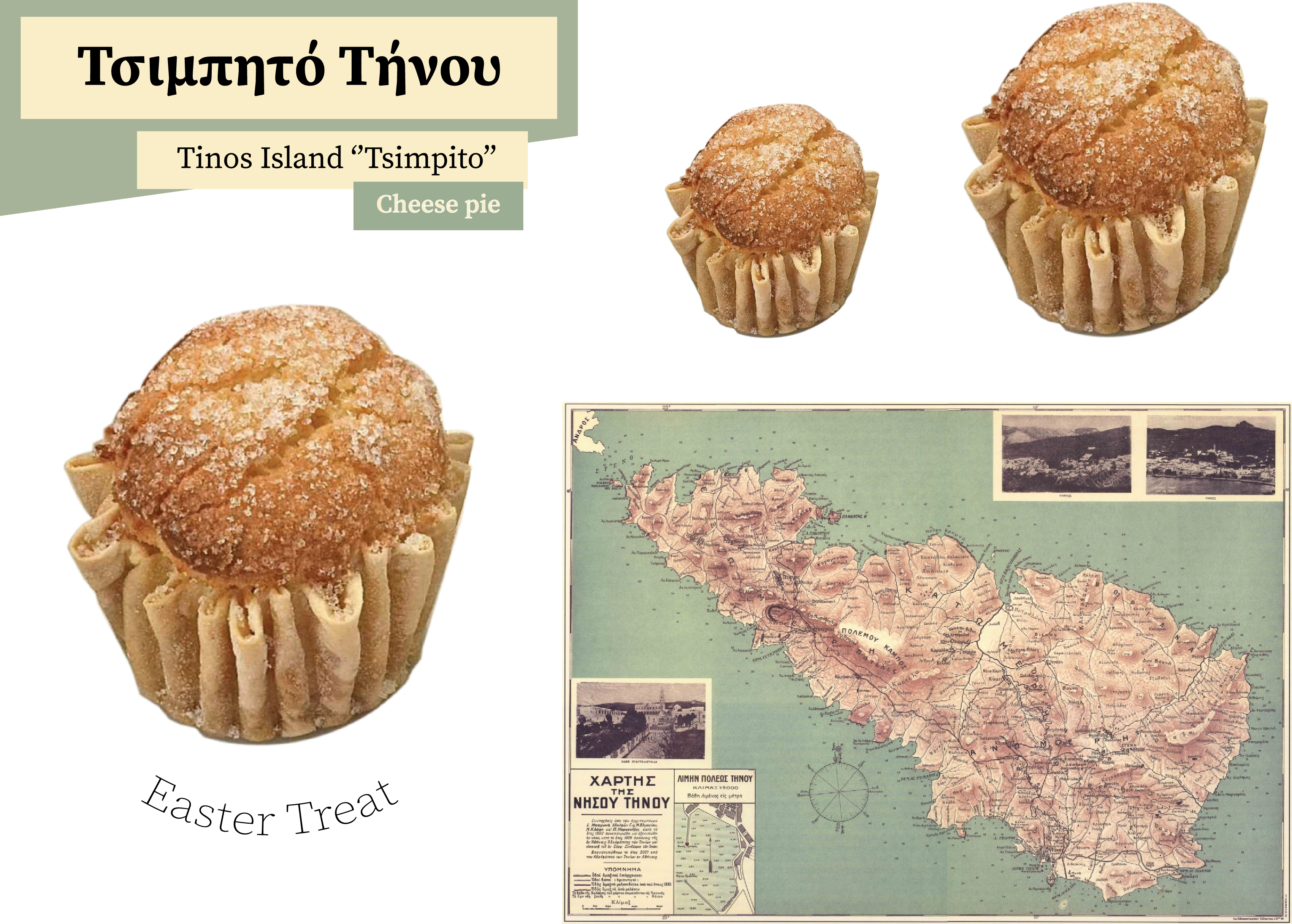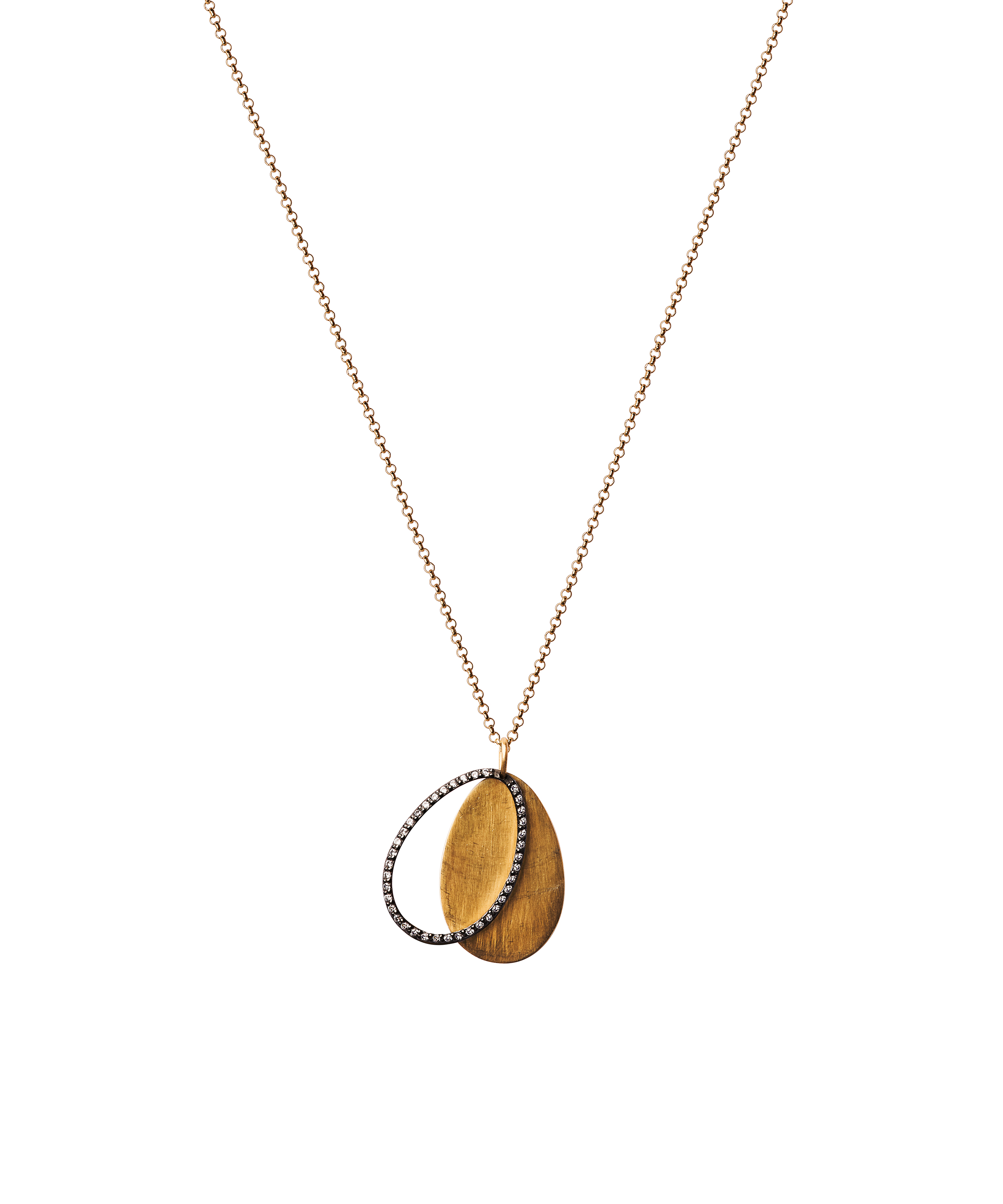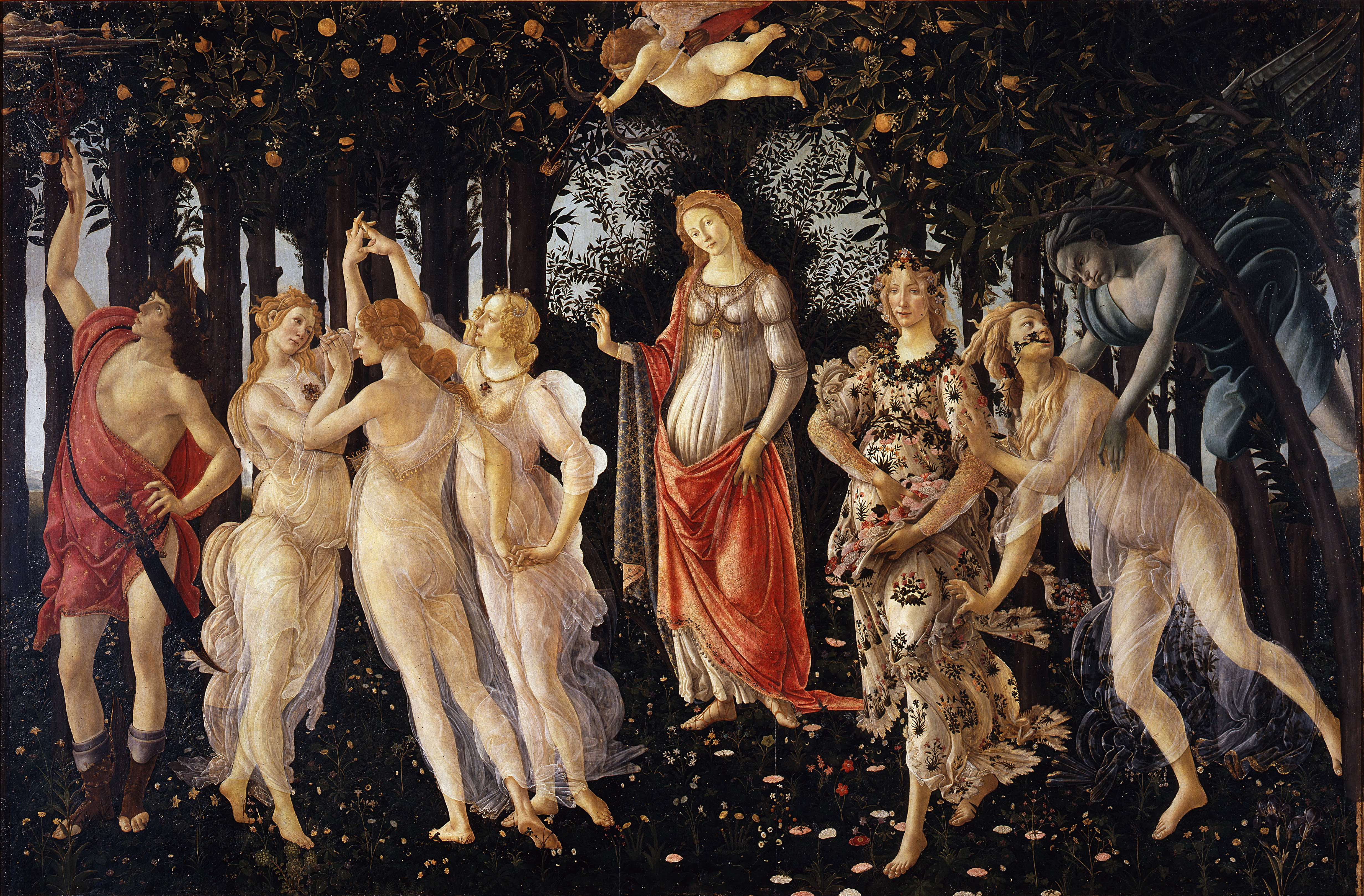Traditional Easter Dishes from Around Greece
Greek Easter (“Pascha”), the most important religious holiday of the year,is deeply connected with delicious traditions. Traditions and customs that go back hundreds, even thousands of years. The most important one culminates in the roasting of lambs and other delicacies on Easter Sunday, although preparations begin days earlier, when hard boiled eggs are dyed red, dough for sweet breads is kneaded and cheese pies are baked. As the feast is just around the corner, we’veput together some of the traditional culinary treasures on offer from all over the country.
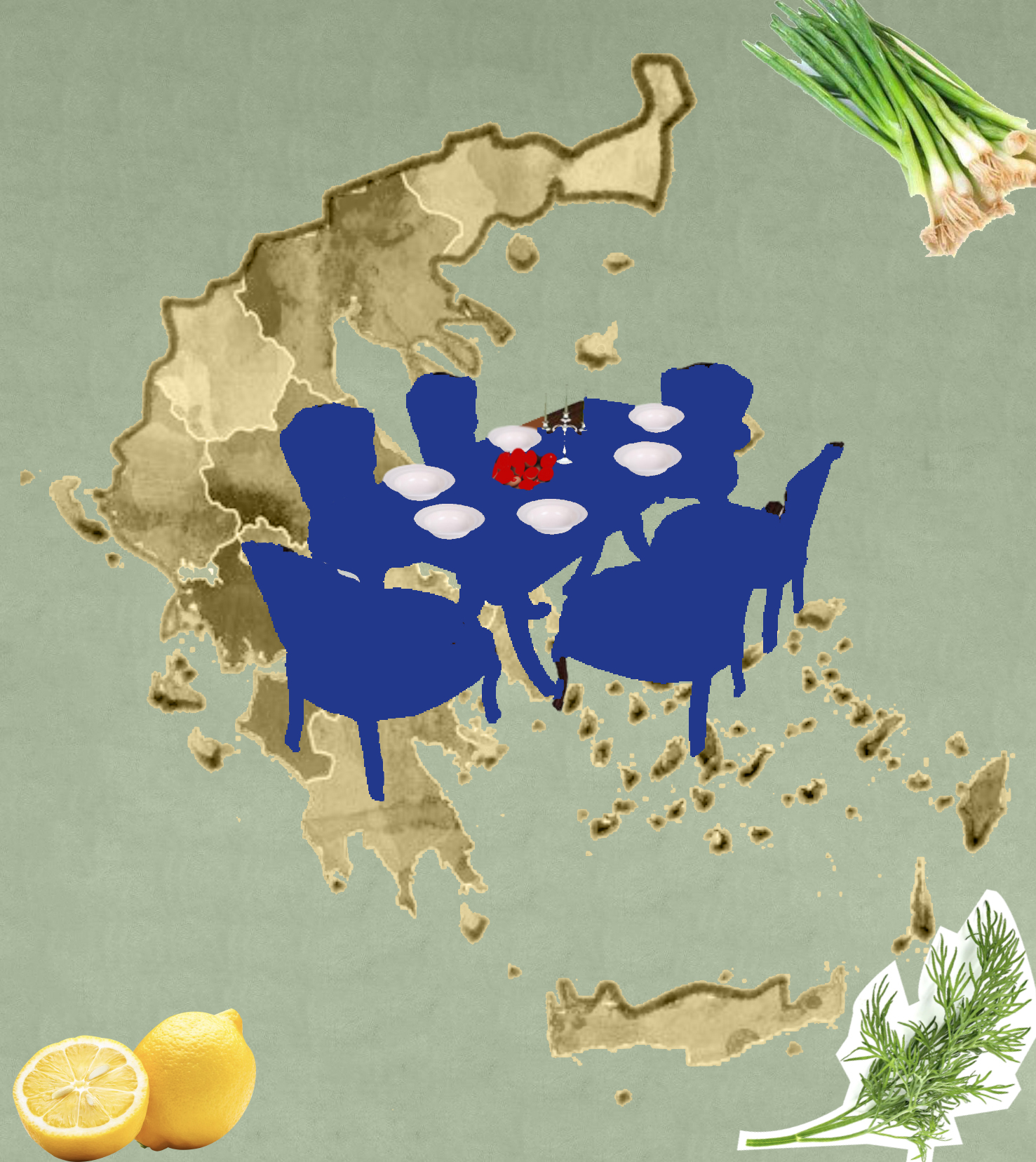
Magiritsa – (pr. mah-ghee-RHEE-tsah)
...is a traditional soup typically made with lambliver and other organs such as the lungs, heart and spleen (collectively this is known as sykotaria in Greek) as well as lamb intestines, plentiful dill and a roughly chopped head of lettuce. Another hallmark of the soup is the egg-lemon liaison added at the end. It is found in many variations around the country and is served in the early hours of Easter Sunday, after the midnight Resurrection service. The soup is believed to symbolize the end of the Lenten fasting period and the beginning of the feast. For the vegan friends, we suggest a modernized version of the soup, by replacing the lambwith a hearty mix of mushrooms.
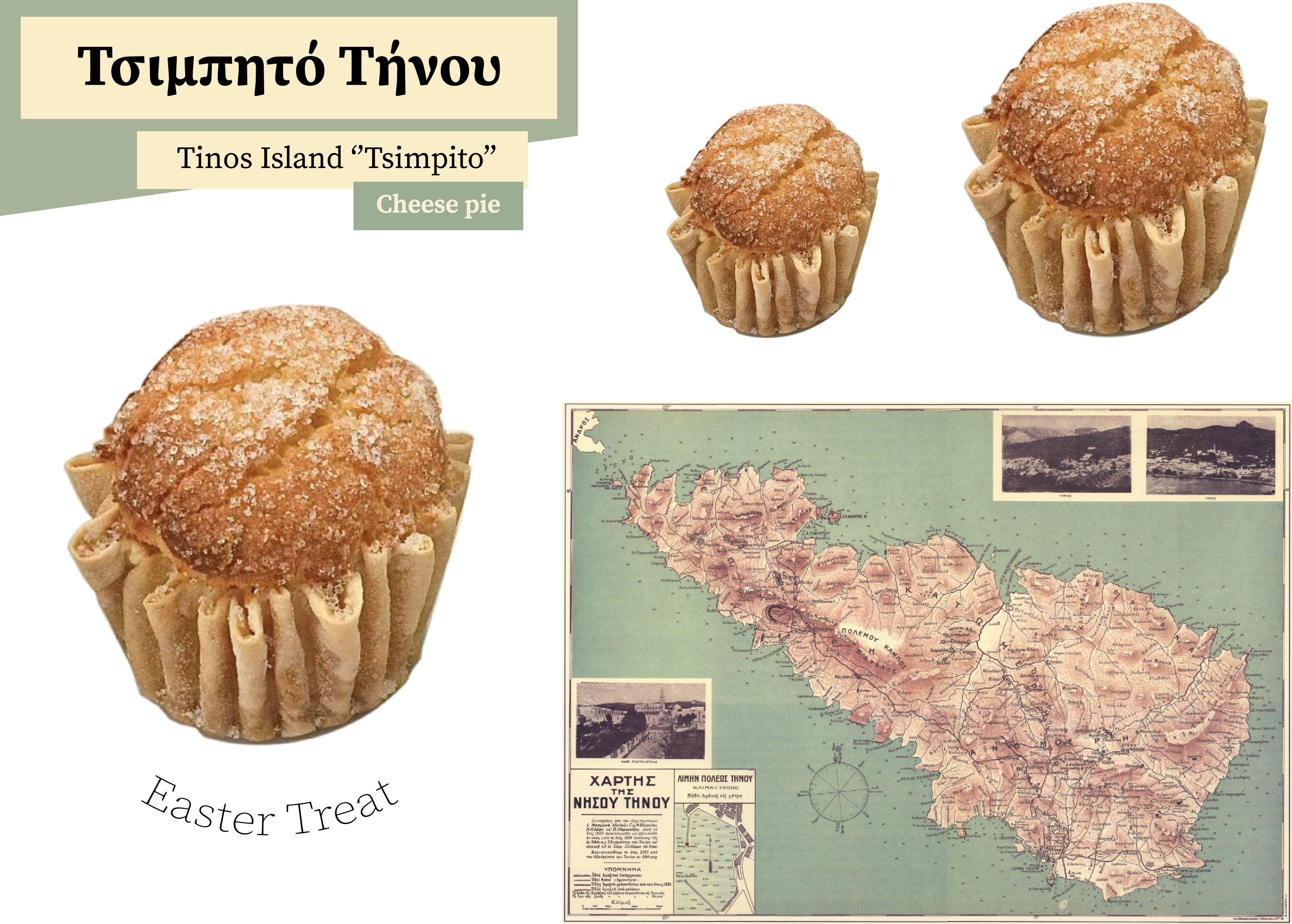
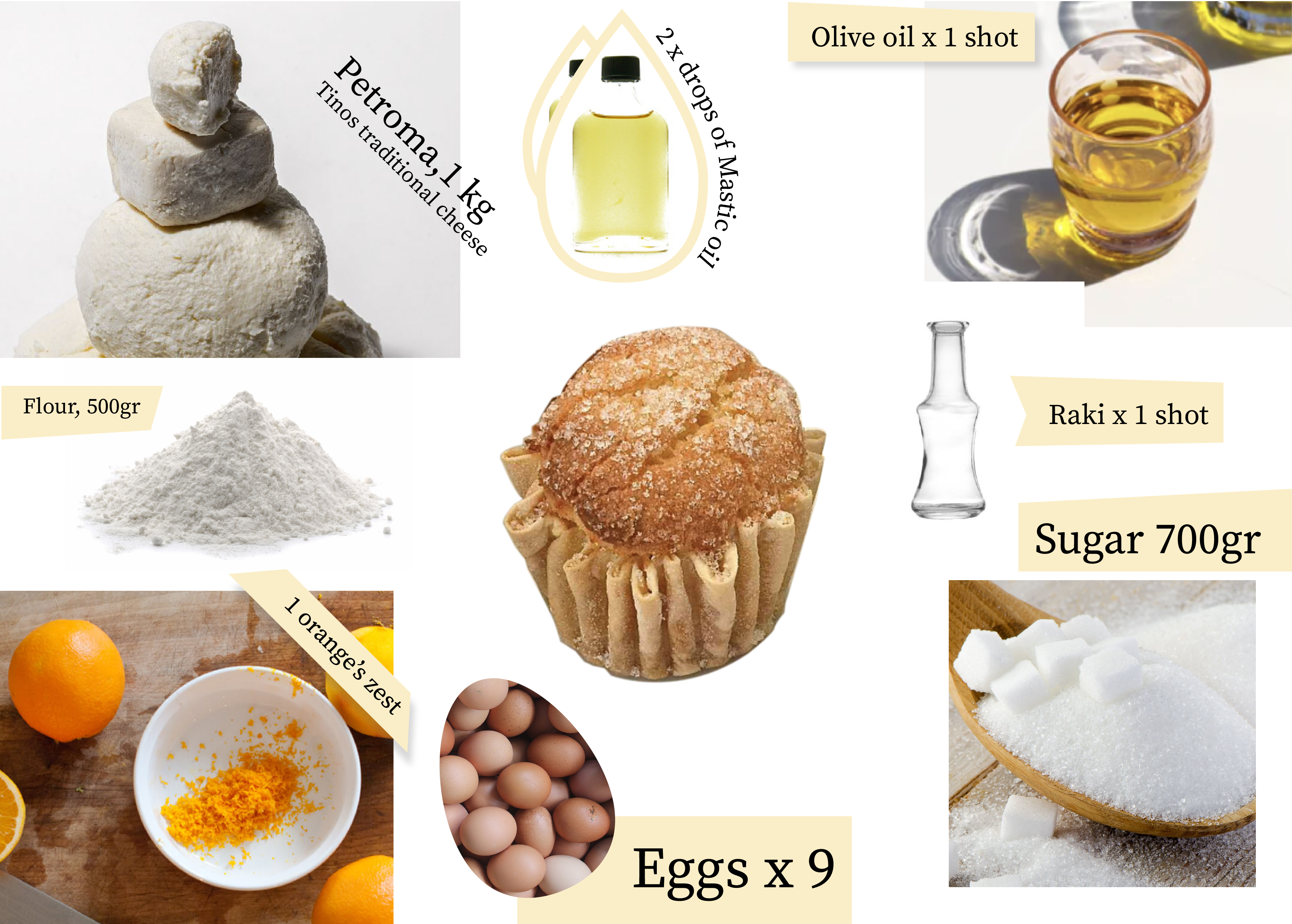
“Tsimpito” cheese pie
On the island of Tinos, the locals continue to embrace age-old customs. Among these, the “tyropites” (cheese pies) made on Holy Tuesday are stuffed with a mixture of local, salt-free cheese, eggs and sugar, and flavored with vanilla and orange. As a final touch, a toothpick is used to prick the pastry to give them a crenelated effect -the so-called “tsimpito” festive shape-, so they look like flowers to symbolize the coming of spring.
Roast lamb with hilopites
The arrival of Greek refugees from Asia Minor and Constantinople in the early 20th century also brought Anatolian elements in the cuisine of the region. In Macedonia on Easter Sunday, it is common to serve roast lamb with hilopites slow-cooked in the lamb's juices for added flavor. This recipe uses local hilopites noodles made with flour, eggs and milk, with rich tomato sauce and the freshest of spring ingredients. Traditionally homemade, these Greek egg noodles have the shape of broken tagliatelle – sometimes long, and sometimes tiny little squares.

Fogatsa
... or Fugassa Veneta is a yeasted sweet bread that is traditionally prepared and served for Easter on Corfu, indicating the Venetian influence on the island’s traditions. The origin of Fogatsa is closely linked to the Venetian focaccia, a poor and popular dessert, whose tradition is very ancient and dates back to the first centuries when early Christians celebrated and commemorated the Resurrection of Christ. As a way to celebrate, families added expensive and valuable ingredients to their bread dough. Made with anise-flavored dough of eggs, milk, sugar, flour, yeast, vanilla, orange zest and butter, Fogatsa is round-shaped and often decorated with a red-dyed egg on top.
